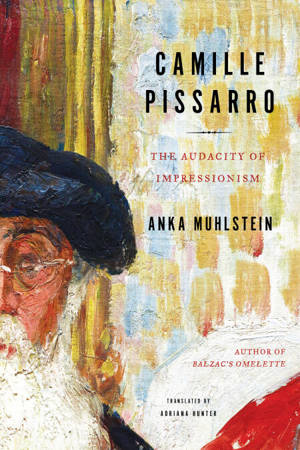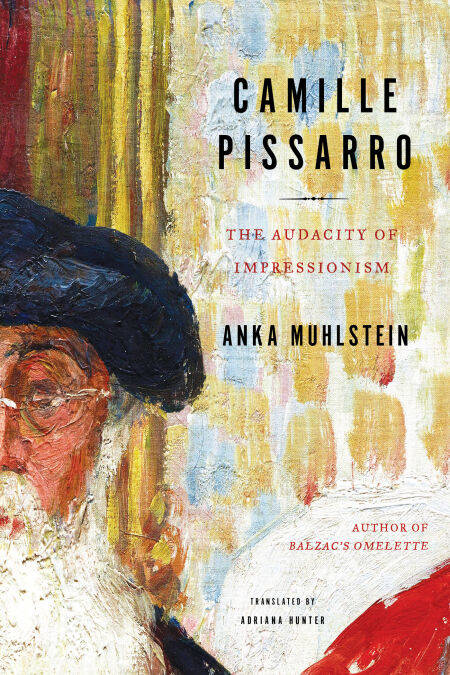
- Afhalen na 1 uur in een winkel met voorraad
- Gratis thuislevering in België vanaf € 30
- Ruim aanbod met 7 miljoen producten
- Afhalen na 1 uur in een winkel met voorraad
- Gratis thuislevering in België vanaf € 30
- Ruim aanbod met 7 miljoen producten
Zoeken
€ 15,76
+ 15 punten
Uitvoering
Omschrijving
A Best Book of 2023 by The New Yorker
From the acclaimed biographer and author of Balzac’s Omelette, an engaging new work on the life of “the father of Impressionism” and the role his Jewish background played in his artistic creativity.
The celebrated painter Camille Pissarro (1830–1903) occupied a central place in the artistic scene of his time: a founding member of the new school of French painting, he was a close friend of Monet, a longtime associate in Degas’s and Mary Cassatt’s experimental work, a support to Cézanne and Gauguin, and a comfort to Van Gogh, and was backed by the great Parisian art dealer Paul Durand-Ruel throughout his career. Nevertheless, he felt a persistent sense of being set apart, different, and hard to classify. Settled in France from the age of twenty-five but born in the Caribbean, he was not French and what is more he was Jewish. Although a resolute atheist who never interjected political or religious messages in his art, he was fully aware of the consequences of his lineage.
Drawing on Pissarro’s considerable body of work and a vast collection of letters that show his unrestrained thoughts, Anka Muhlstein offers a nuanced, intimate portrait of the artist whose independent spirit fostered an environment of freedom and autonomy.
From the acclaimed biographer and author of Balzac’s Omelette, an engaging new work on the life of “the father of Impressionism” and the role his Jewish background played in his artistic creativity.
The celebrated painter Camille Pissarro (1830–1903) occupied a central place in the artistic scene of his time: a founding member of the new school of French painting, he was a close friend of Monet, a longtime associate in Degas’s and Mary Cassatt’s experimental work, a support to Cézanne and Gauguin, and a comfort to Van Gogh, and was backed by the great Parisian art dealer Paul Durand-Ruel throughout his career. Nevertheless, he felt a persistent sense of being set apart, different, and hard to classify. Settled in France from the age of twenty-five but born in the Caribbean, he was not French and what is more he was Jewish. Although a resolute atheist who never interjected political or religious messages in his art, he was fully aware of the consequences of his lineage.
Drawing on Pissarro’s considerable body of work and a vast collection of letters that show his unrestrained thoughts, Anka Muhlstein offers a nuanced, intimate portrait of the artist whose independent spirit fostered an environment of freedom and autonomy.
Specificaties
Betrokkenen
- Auteur(s):
- Vertaler(s):
- Uitgeverij:
Inhoud
- Aantal bladzijden:
- 320
- Taal:
- Engels
Eigenschappen
- Productcode (EAN):
- 9781635421712
- Verschijningsdatum:
- 27/11/2023
- Uitvoering:
- E-book
- Beveiligd met:
- Adobe DRM
- Formaat:
- ePub

Alleen bij Standaard Boekhandel
+ 15 punten op je klantenkaart van Standaard Boekhandel
Beoordelingen
We publiceren alleen reviews die voldoen aan de voorwaarden voor reviews. Bekijk onze voorwaarden voor reviews.








